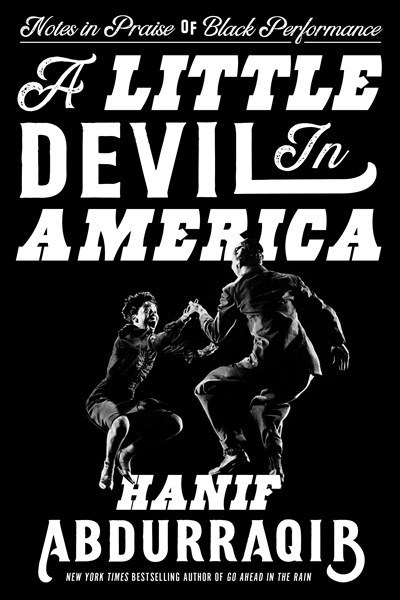Peer into the lives of two world-changing artists with these inventive new graphic biographies. Each artist made history in their chosen fields, but also transcended their medium to achieve international stardom. Their larger-than-life legacies are now a part of our everyday lives.
FROM WARHOLA TO WARHOL
Nick Bertozzi (The Salon) chronicles the early years of the-one-and-only pop art icon in Becoming Andy Warhol. This blend of historical fiction and biography begins in 1962 with the opening of his Campbell Soup Can show in LA, where Warhol was still a commercial illustrator. Bertozzi’s graphic biography is illustrated in simple black, white and purple pencil by the up-and-coming Pierce Hargan. We peer inside Warhol’s life before he broke through: quiet scenes of family life, nights out at galleries where he experiences painful snubs, glimpses of his romantic relationships and his intense, ever-present drive to create are all laid out in these panels. Fans will appreciate Bertozzi’s scenes of Warhol’s creative process for his anti-film Sleep, his controversial Brillo Box exhibit and the early days of hanging around in his iconic studio, The Factory. Bertozzi does a lovely job of humanizing Warhol by highlighting his mischievous antics and off-the-wall sense of humor, his devotion to his family, his belief in the power of pop culture and his pure devotion to the fine art he was making.

From Becoming Andy Warhol, by Nick Bertozzi and illustrated by Pierce Hargan © Abrams ComicArts, 2016
LONG LIVE THE KING
Philippe Chanoinat’s Elvis is a straightforward chronicle of Elvis’ journey to superstardom that begins with his birth in Tupelo, Mississippi. The text is conversational and fairly minimal, following Elvis through his first recording sessions, landmark concerts, TV appearances, acting career and more–right up to his death in 1975. Fabrice Le Hénaff’s painted illustrations are the true focal point here. His sensational watercolors lend a dreamy, cinematic quality to the book. Mostly painted from existing photographs, Elvis is vivid and full of energy on these pages. The book ends with 15 pages of Le Hénaff’s storyboards, sketches and renderings of Elvis from different periods in his life, and they are a welcomed addition. This graphic biography may not break any new ground on the King’s life like Peter Guralnick’s Last Train to Memphis or Careless Love did, but it is a lovingly rendered book that fans will enjoy all the same.




























